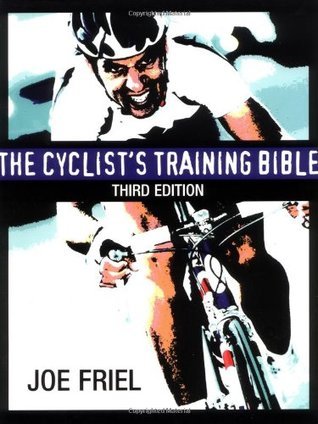What do you think?
Rate this book


288 pages, Paperback
First published October 1, 1996
Coach Joe Friel is the most trusted name in endurance sports coaching, and his Cyclist's Training Bible is the most comprehensive and reliable training resource ever written for cyclists. This new edition of the bestselling book includes all of the latest advances in training and technology. Using this book, cyclists can create a comprehensive, self-coached training plan that is both scientifically proven and shaped around their personal goals.
Friel empowers athletes with every detail they need to consider when planning a season, lining up a week of workouts, or preparing to race. This fourth edition includes extensive revisions on the specifics of how to train and what to eat. Friel explains how cyclists can:best gauge intensity with power meters and other new training technology to maximize form and fitness and reduce fatigue;more knowledgeably and accurately make changes to their annual training plan over the course of a season;dramatically build muscular endurance with strength training;improve body composition and recovery with smarter nutrition.
With more case studies to draw from and multiple contingency plans for those times when training doesn't progress as planned, The Cyclist's Training Bible continues to be the definitive guide to optimal cycling performance.